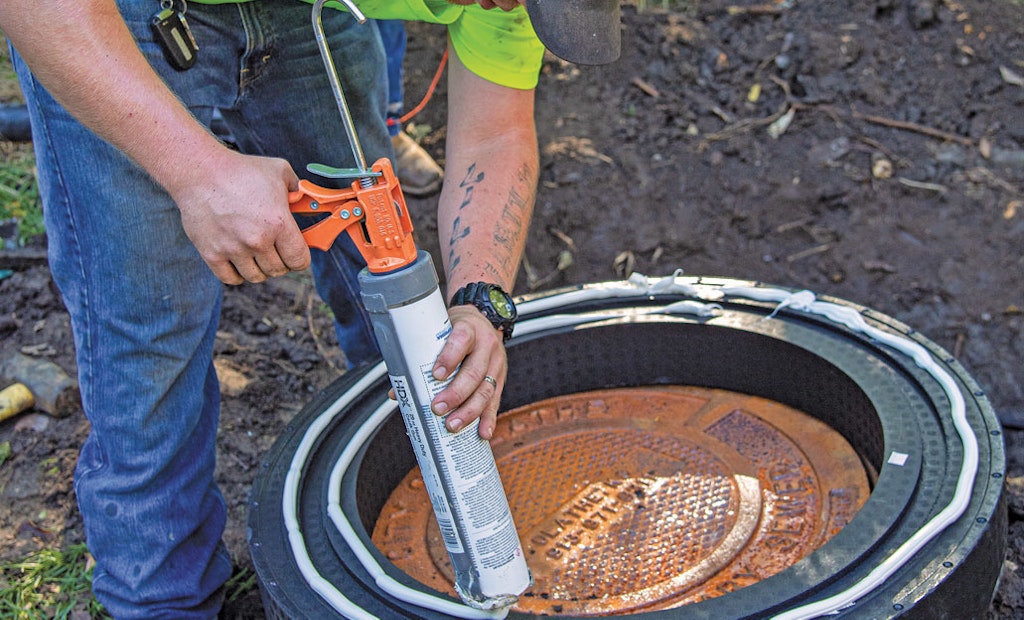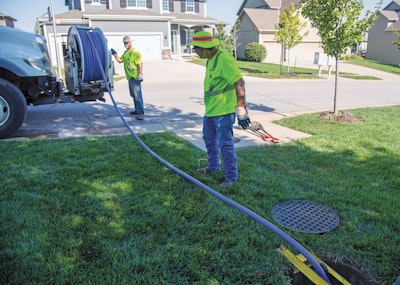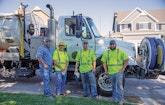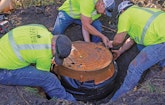
Troy Wilson applies sealant to a new Cretex Pro Ring to be installed on an existing manhole along a bike/pedestrian trail.
Olathe, Kansas, is a growing suburb of the Kansas City metropolitan area with 141,000 people and almost 11,000 manholes. Ira Speer oversees the systematic revitalization of the manholes as part of his supervision of the wastewater and water systems in the state’s fourth largest...








